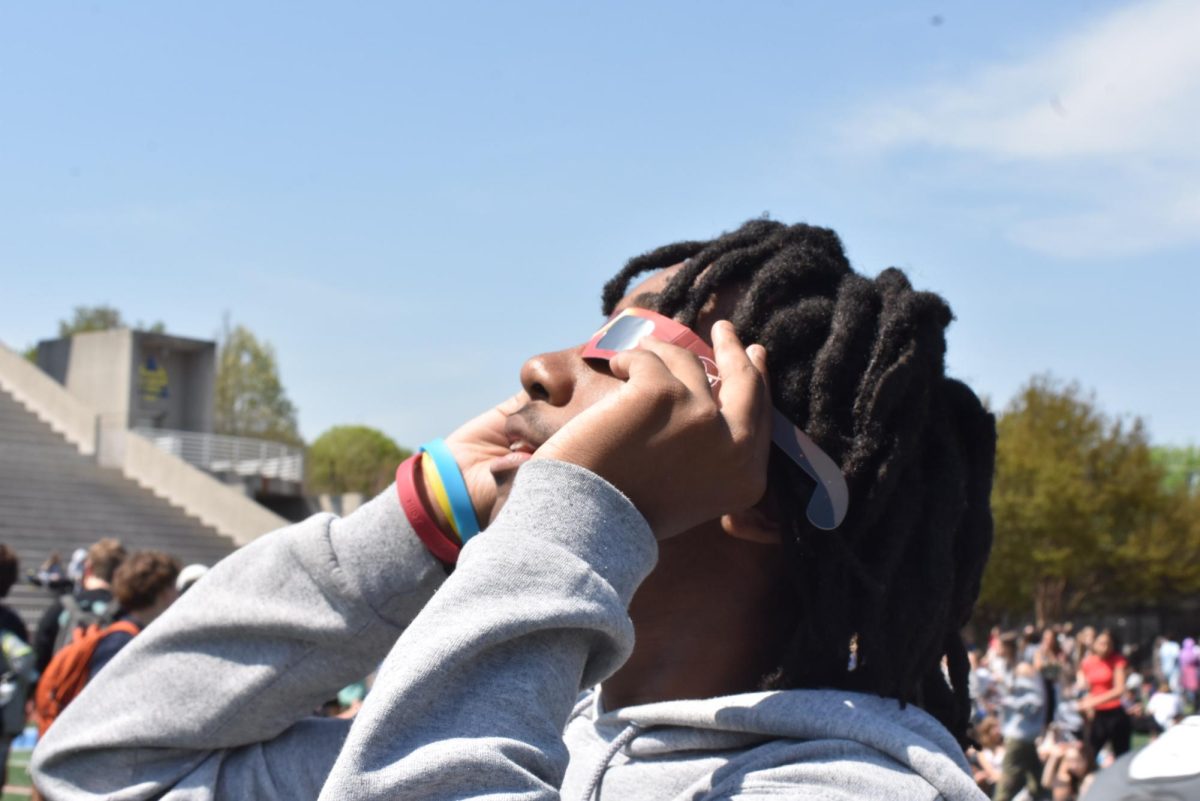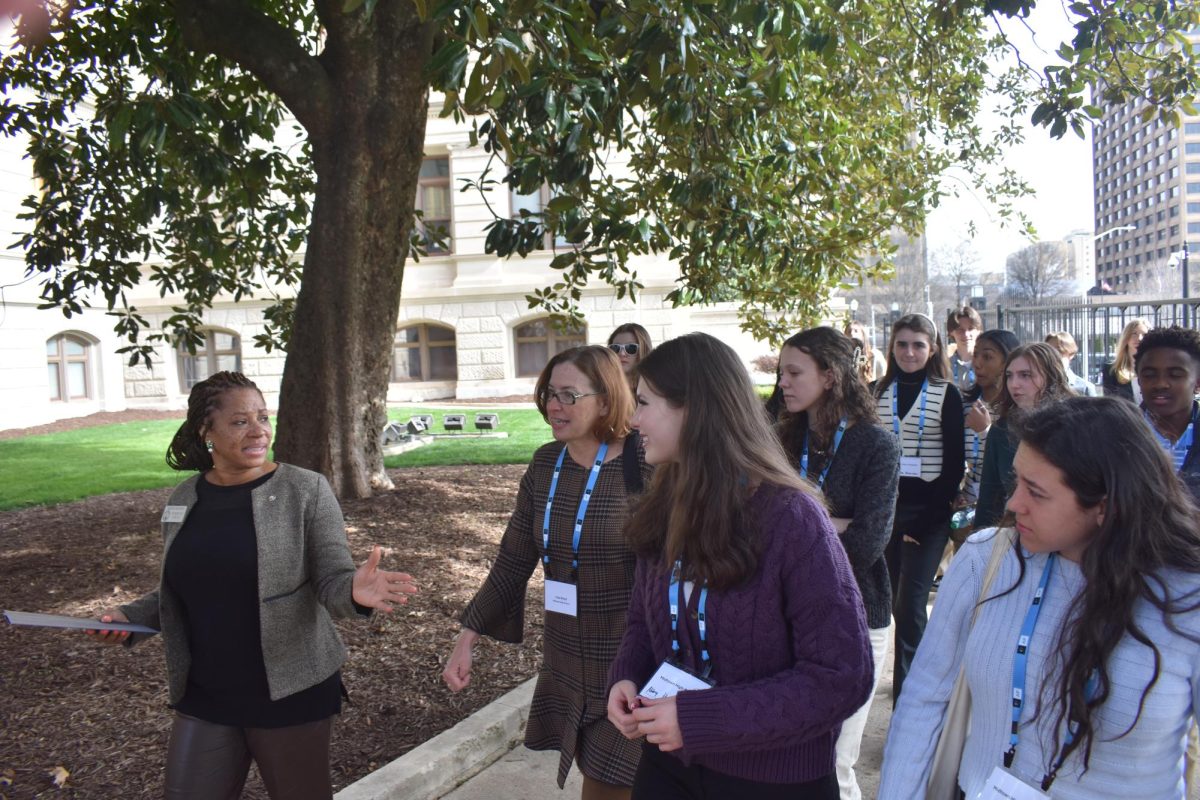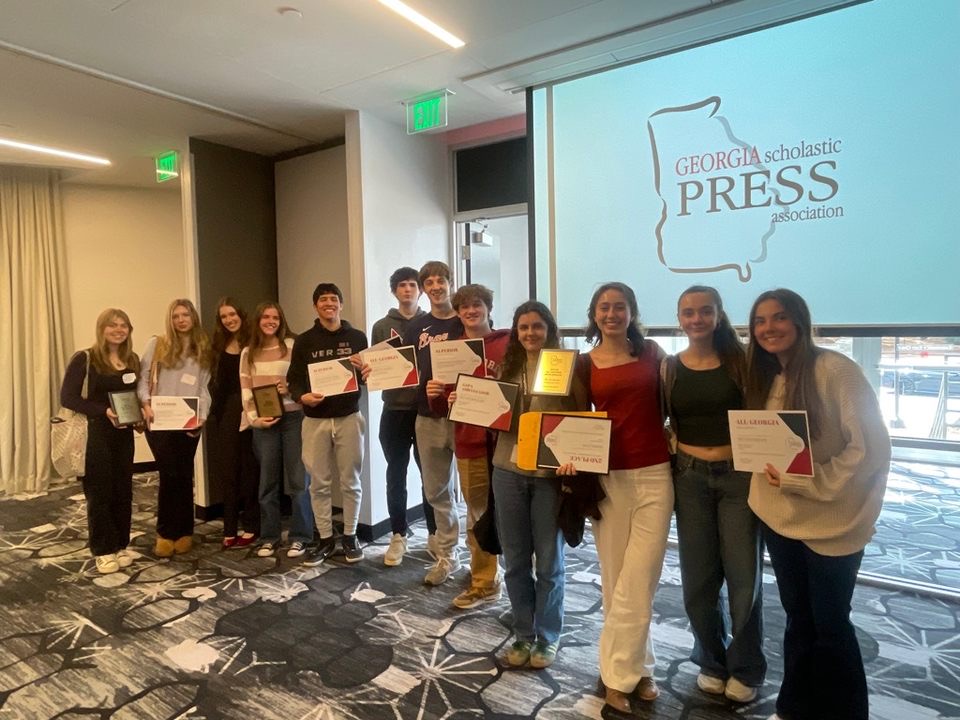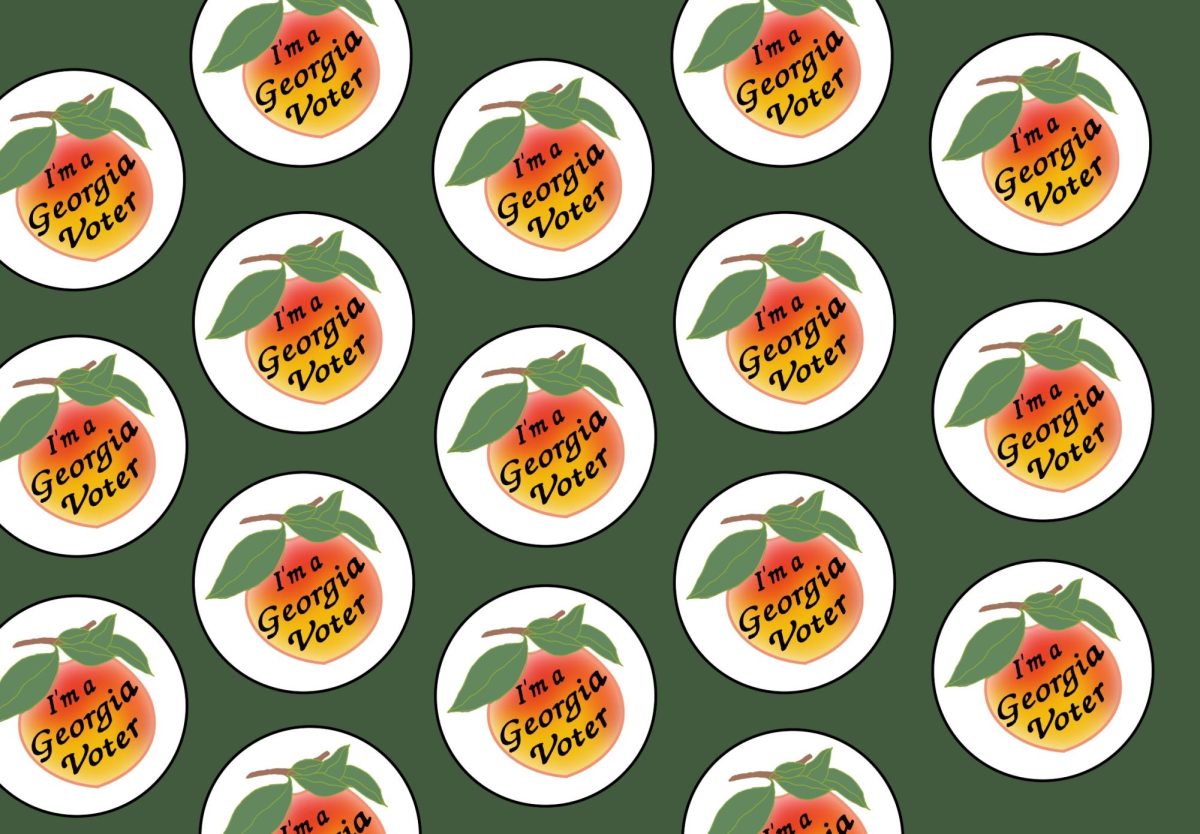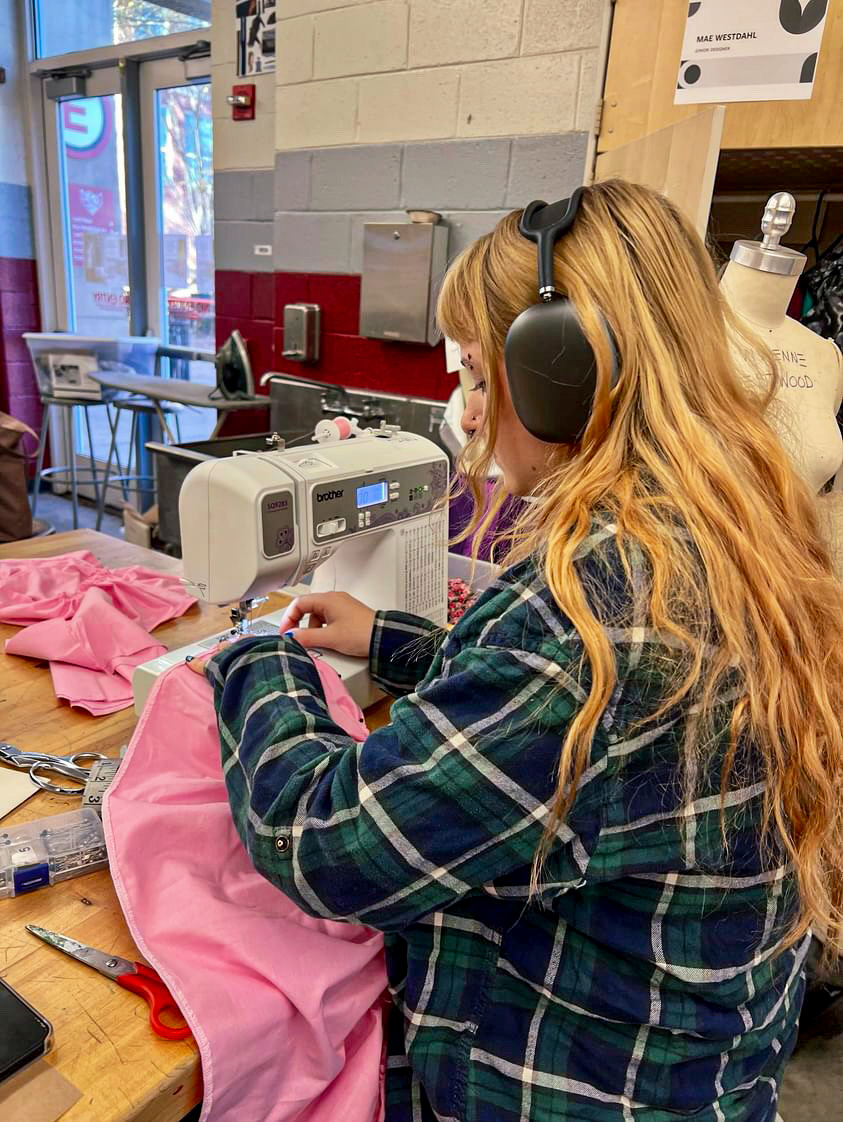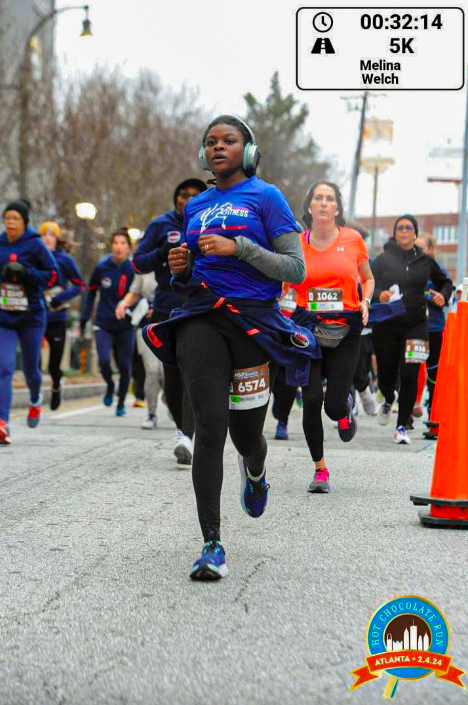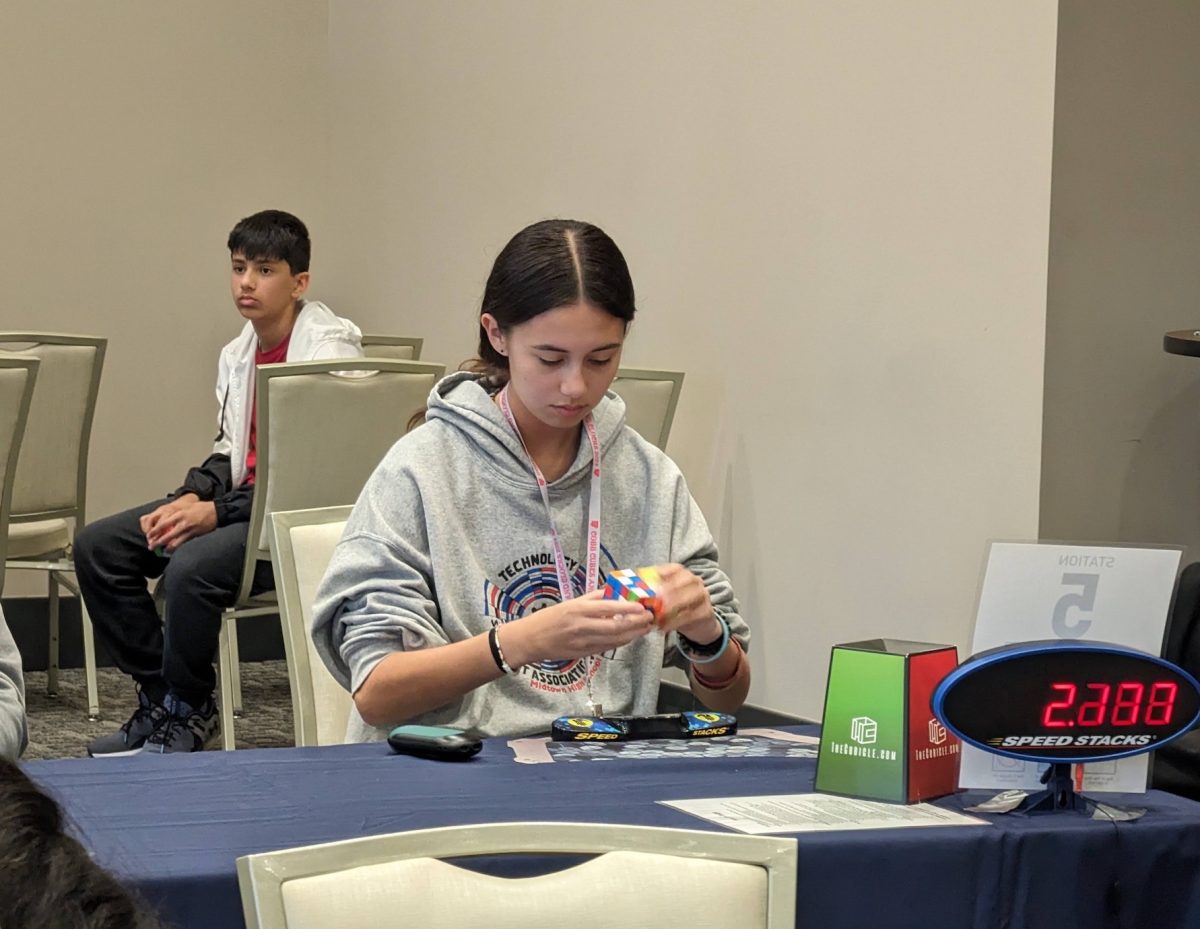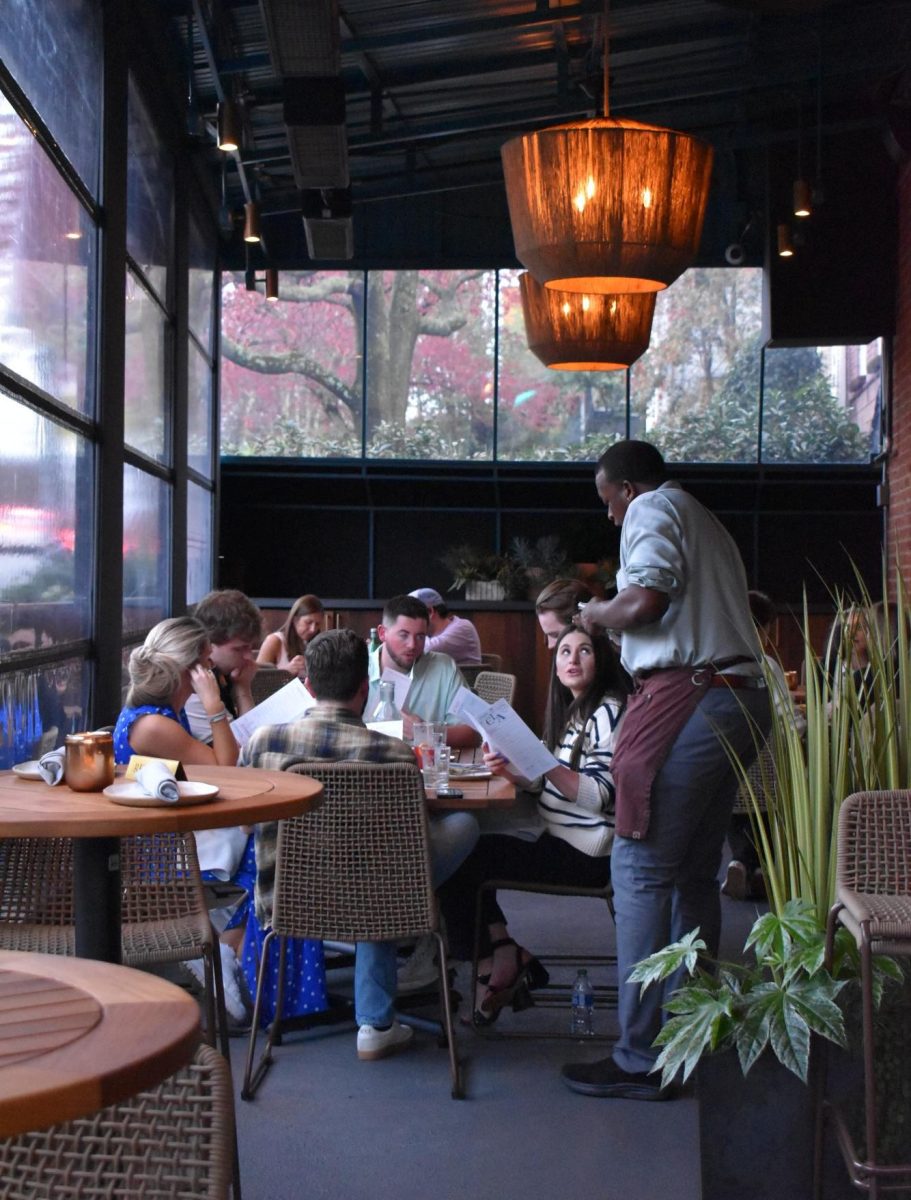By Cheyenne Love
When I wake up in the morning, the last thing I do before grabbing my backpack and heading out the house is taming the hair on my head. I, as an African American with a complicated bloodline (there’s Irish and Cherokee in there somewhere), was “blessed” with a natural mass of wavy spiral curls on the top of my noggin. It used to be silky and pretty.
But then I hit puberty, and realized that my hair was my worst enemy. It wouldn’t lie down if I begged it to, and the strongest, goopiest pomade did nothing but leave white flakes in my head. I could try to straighten out my strands, but within the hour I had a poofy pom-pom instead of flip-worthy magazine hair.
The worst part of it all wouldn’t even be that I had spent an hour and a half working on it, or even that my overactive sweat glands had caused me to ruin it all. My biggest issue was that I knew that I was so desperate for follicular control that I’d end up repeating the same process in a week.
What other alternatives did I have, though? I wanted to be accepted. I wanted to be able to go to school and have the same hair as my Caucasian friends. So, I heated up my flat-iron and commenced to burning the crud out of my head in pursuit of the norm.
In 2009, comedian Chris Rock produced a movie that chronicled a common issue in the Black community: What really is good hair? The idea for the film was conceived after his 4-year-old daughter asked him why she didn’t have “good” hair. Interviews were conducted with hair experts, stylists, celebrities, and regular, everyday people about their experiences with hair. Rock even travels to India and gets a look at how people ceremoniously shave their heads in the name of Hindu deities.
The film resonated in my heart simply because it went against the norm. Hair was always something that was kept secret. You did what you had to do to be presentable, and then you and your stylist didn’t speak of the process used until it needed to be used once more. Finally, women (and some men) opened up about what they’ve gone through to look “fresh” and “fly”. It was different… refreshing, but different. I had never seen such a program. I was even more amazed at how much it glorified the beauty that we’re born with.
Television like this wasn’t aired often. You’d see the commercials for Pantene and Revlon, normally housing some blonde woman twirling around in circles while a camera pans around her, highlighting the shine and luster of her hair. If the hair care line wants to be a bit more liberal, they’ll have a racially-ambiguous celebrity, like Eva Mendes, performing the same routine before uttering some cheesy slogan like, “Because you’re worth it.” African-American celebrities rarely wore any style with natural kinks and curls. It wasn’t something we saw every day. Luckily, there are products that can help to embrace our natural textures.
“Carol’s Daughter,” “Bronner Brothers,” and “Dudley Hair Care” are just some of the many companies that make products specifically for natural hair. They offer products like shampoo, conditioner, root stimulator, split end repair, and hair control cream. Entire product lines from these companies stock the shelves of stores all over the country.
When I go to my local Wal-Mart, however, it’s a struggle to find products such as these. There is an “ethnic hair care” aisle, but it houses a completely different type of hair solution.
Instead of products meant to enrich hair, the shelves are chocked full of a little product called a relaxer, made from a very corrosive chemical called Ammonium Thioglycolate. A demonstration in Good Hair showed an aluminum soda can being partially submersed in the chemical. Within a week of the trial, the can was completely dissolved.
I got my first relaxer when I was in eighth grade, and it seemed like the final solution to my scalp dilemma. I couldn’t help but be excited for the results as I sat in my beautician’s chair and let her apply the white paste to my hair. I probably should have re-thought my decision when she put on latex gloves before applying it. I should have been like, “Whoa, wait a minute, tiger.” She can’t let it touch her hands but it can touch my scalp? What type of unsafe travesty was that?!
The effects of the perm quickly became evident to me. Immediately, no curl pattern was present in my hair. It did its job, or so I thought. Almost immediately, my hair began shedding, and I still haven’t found a remedy for it since.
Nowadays, instead of ruining their curl patterns, many girls have resorted to taking the easy way out of having to deal with their natural textures. They simply run over to their local Asian-owned beauty store (the mega-chain Sally doesn’t carry weave) to buy bundles upon bundles of foreign hair. They braid up their real hair, and then sew or glue in tracks of hair. It’s a difficult process, but it lasts for months, as opposed to just a couple of days. The only real issues are the breakage and receding hairlines that result from the constant tug-and-pull of the tracks on our scalps.
Behaviors of this nature have become commonplace. The problem that many don’t seem to realize (or care about, for that matter) is that we are so ashamed of our natural textures that we cover them up. We sew these tracks into our heads, hoping that it’ll finally give us the silky-smooth hair texture we desire. It’s a deep-rooted, subconscious shame. It was almost taboo to wear natural hair without any chemicals in it in public, almost like not shaving your legs and underarms. The only people who really did it were the “back-to-Africa” neo-soul hippie underground sub-cultures. But who can blame us? We all strive to fit in to some extent, and it’s not every day that the media exposes the masses to natural textures.
It’s time that we take our follicular freedom back, and embrace what we’re blessed with from birth. It may not look “normal” but it looks unique, like every single one of us. Now, I’m not saying that we should stop heating our hair to ease our pains. I’m definitely not encouraging you to take out your Indian Virgin Remy extensions. They look fabulous and all, but maybe we should take the time to appreciate and nurture our own scalps before we try to attach someone else’s.



